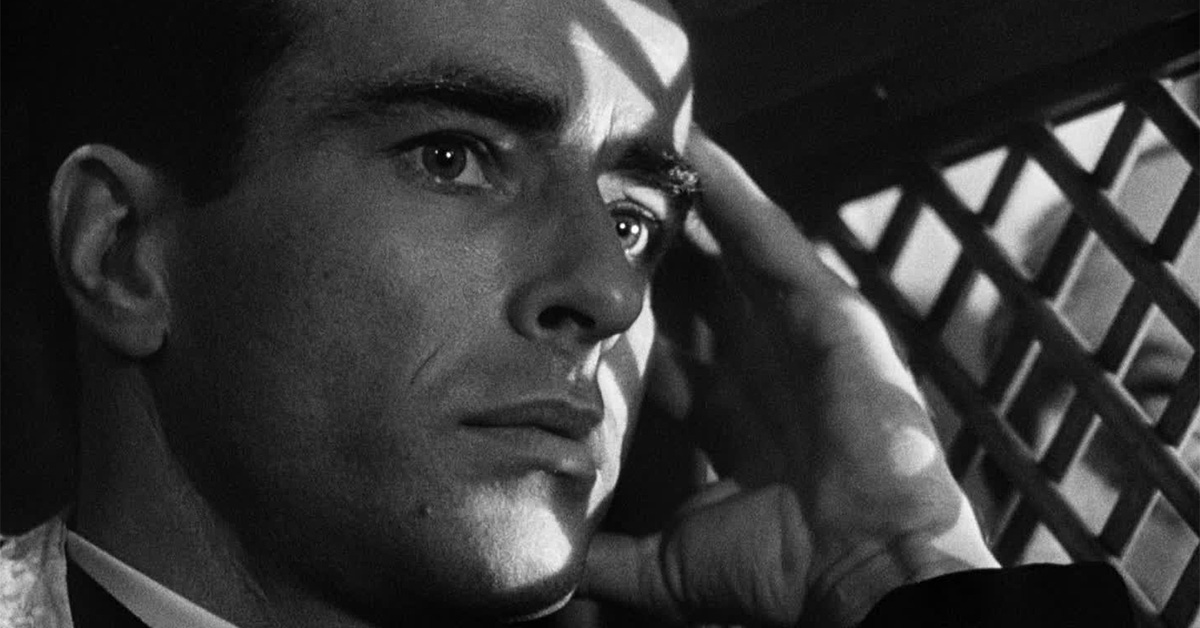
by Lis Sodl, Elyce Rae Helford and Christopher Weedman
Lis Sodl (M.A. Student, English Department, Middle Tennessee State University) interviews Elyce Rae Helford and Christopher Weedman on their new book, Liminal Noir in Classical World Cinema.
Could you please briefly introduce yourselves and your backgrounds?
EH: I’m Elyce Rae Helford, Professor of English at Middle Tennessee State University. I teach and conduct research in the areas of gender, race, and Jewishness in twentieth- and twenty first-century American film, literature, and media culture. Within film studies, I began with a focus on feminism and popular film, then shifted to classical era Hollywood generally and film noir specifically. Most recently, I have delved into study of international Holocaust literature and film and contemporary Jewish American identity in comedy.
CW: I’m Christopher Weedman, assistant professor of English at Middle Tennessee State University, where I also serve as both director of General Education English and the faculty advisor of the Film Studies Minor. I teach undergraduate and graduate-level courses on post-1945 international film history and criticism. Lately, most of my work has focused on British cinema, particularly its censorship practices and representations of class, gender, and sexuality within popular genres.
What inspired you to create an anthology specifically focused on liminal noir?
EH: Chris and I began with a focus on genre-bending and -blending, on films that contain noir elements—cinematography, say, or crime and the femme fatale figure—but can also be identified with other film genres, from melodrama to horror. As we thought about our purpose and read the proposals of potential contributors, we grew increasingly aware that classical film noir is perhaps best defined as a style always invested in “bending and blending.” Noir both works within and through borders and boundaries, in terms of history and culture, production and reception, style and genre. Liminality, we learned, may just be the heart of classical noir.
Were there any particular criteria or themes that guided your selection?
EH: I was particularly interested in films that had received little critical attention, and I was eager to learn about the noir influence across diverse nations.
CW: At the same time, we were open to new noir readings of well-known films, particularly if they had rarely, if ever, been analyzed in relation to noir.
Can you share a few words about some of the contributing scholars in the anthology and what their articles bring to the collection?
EH: I am particularly proud of the diversity of expertise present in the collection, including both international scope and academic rank. The collection includes the work of scholars from recent PhD through professors emeriti. I have also enjoyed getting to know several of the contributors beyond the boundaries of anthology editor, such as Ida Lupino expert Julie Grossman and Czech film scholar Milan Hain. Milan, in particular, shared his knowledge of Czech Holocaust cinema, an area of interest but not expertise for me.
For someone new to film noir, what films or books would you recommend as essential starting points for understanding and appreciating the genre?
EH: My primary suggestion is to read widely, both histories and critical assessments of film noir. When I teach my Film Noir course, we use Foster Hirsch’s The Dark Side of the Screen, supplemented with chapters from E. Ann Kaplan’s Women in Film Noir collection. I also like Sheri Chinen Biesen’s Blackout: World War II and the Origins of Film Noir and, for a more complex perspective, James Naramore’s More Than Night: Film Noir in its Contexts. All of these titles will mention key films to view.
CW: In addition to the titles that Elyce mentions, you cannot go wrong with the four volumes of the Film Noir Reader, edited by Alain Silver and James Ursini. They collect many of the seminal essays on the genre by early critics such as Nino Frank, Claude Chabrol, Raymond Durgnat, and Paul Schrader and pair them with additional essays by more contemporary critics and scholars. Volume three also possesses insightful interviews with Fritz Lang, Otto Preminger, Billy Wilder, and other important noir filmmakers.
About the book

Get 30% off your copy with discount code NEW30
Applys a noir lens to films which defy easy generic categorization
Revaluation of classical-era international films through focus on noir elements in films otherwise not considered film noir
Consideration of liminality as a driving feature of film noir, including genre, cultural norm, border, and boundary crossings
A case study approach that explores individual film examples within critical, production, and historical contexts
About the authors
Elyce Rae Helford is Professor of English at Middle Tennessee State University.
Christopher Weedman is Assistant Professor of English at Middle Tennessee State University.





